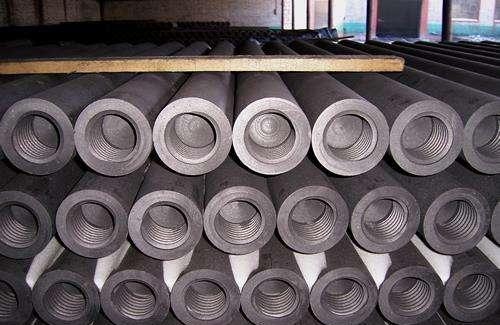

Graphite sticks are an essential tool for artists, engineers, and anyone who needs to create precise and detailed drawings. Graphite sticks are made from graphite powder, which is mixed with a binder and then shaped into a stick. They come in different grades, ranging from soft to hard, and are used for different purposes depending on the grade.
In this article, we will explore the history, properties, and uses of graphite sticks. We will also discuss how to choose the right grade for your project and how to properly use and care for your graphite sticks.
History of Graphite Sticks
Graphite has been used as a drawing material for centuries. The earliest known use of graphite for drawing dates back to the 16th century, when graphite was first discovered in Borrowdale, England. Initially, graphite was sawed into blocks and used to mark sheep, but artists soon discovered its potential as a drawing material.
In the 18th century, graphite sticks were introduced. The sticks were made by mixing graphite powder with clay or wax and then shaping the mixture into a stick. This allowed artists to have a more precise and portable drawing tool.
In the 19th century, the French artist Nicolas-Jacques Conte improved upon the graphite stick by using a mixture of graphite and clay, which allowed for a wider range of grades and more consistent quality.
Today, graphite sticks are manufactured using modern machinery and techniques. However, the basic ingredients and properties of graphite sticks remain the same.
Properties of Graphite Sticks
Graphite sticks are made from a mixture of graphite powder and a binder, which is usually clay or wax. The proportion of graphite to binder determines the grade of the stick. Graphite sticks are graded based on their hardness, with softer sticks being darker and harder sticks being lighter in color.
The hardness of a graphite stick affects its texture and the marks it makes on the paper. Softer sticks produce darker and smoother lines, while harder sticks produce lighter and more textured lines.
Graphite sticks are also known for their erasability. Because graphite is a non-permanent drawing material, it can be easily erased with a standard eraser or kneaded eraser. However, this also means that graphite drawings can smudge or smear easily, which is why artists often use fixative to protect their work.
Uses of Graphite Sticks
Graphite sticks are used for a wide range of drawing applications, from fine art to technical drawing. Some common uses include:
Sketching and Shading: Graphite sticks are often used for sketching and shading. The softness and smoothness of the stick make it ideal for creating gradients and textures.
Illustration: Graphite sticks are a popular drawing tool for illustrators, who use them to create detailed and precise drawings.
Technical Drawing: Graphite sticks are also used in technical drawing, where precise lines and measurements are essential.
Writing: Graphite sticks can also be used for writing, especially in situations where a pen or pencil is not available.
Choosing the Right Grade of Graphite Stick
Choosing the right grade of graphite stick depends on the project and the desired outcome. Graphite sticks come in a range of grades, from soft (9B) to hard (9H). The softer grades are darker and smoother, while the harder grades are lighter and more textured.
Here are some general guidelines for choosing the right grade:
Soft Grades (9B-6B): Soft grades are ideal for shading and creating smooth textures. They are also good for creating darker lines and values.
Medium Grades (5B-2B): Medium grades are versatile and can be used for a range of applications, from sketching to shading to technical drawing.
Hard Grades (HB-9H): Hard grades are best for creating precise lines and details, as well as lighter values. They are also good for technical drawing and writing.
It's important to note that the grades can vary between different brands of graphite sticks. It's always a good idea to test out different grades and brands to see which ones work best for your project and style.
Using and Caring for Graphite Sticks
To use a graphite stick, simply hold it like a pencil and draw on the paper. Graphite sticks can be used on a variety of surfaces, including paper, canvas, and wood.
When drawing with graphite sticks, it's important to keep the sticks sharp. This can be done using a pencil sharpener or a sandpaper block. A sharp graphite stick will produce cleaner and more precise lines.
Graphite sticks can be easily erased using a standard eraser or kneaded eraser. To prevent smudging or smearing, it's important to use fixative on the drawing once it's complete.
To care for your graphite sticks, store them in a dry and cool place, away from direct sunlight. Graphite sticks can also be easily broken, so it's important to handle them with care.
Conclusion
Graphite sticks are a versatile and essential tool for artists and engineers. They are available in different grades and can be used for a wide range of applications, from sketching and shading to technical drawing and writing. By choosing the right grade and taking care of your graphite sticks, you can create precise and detailed drawings that will last for years to come.
